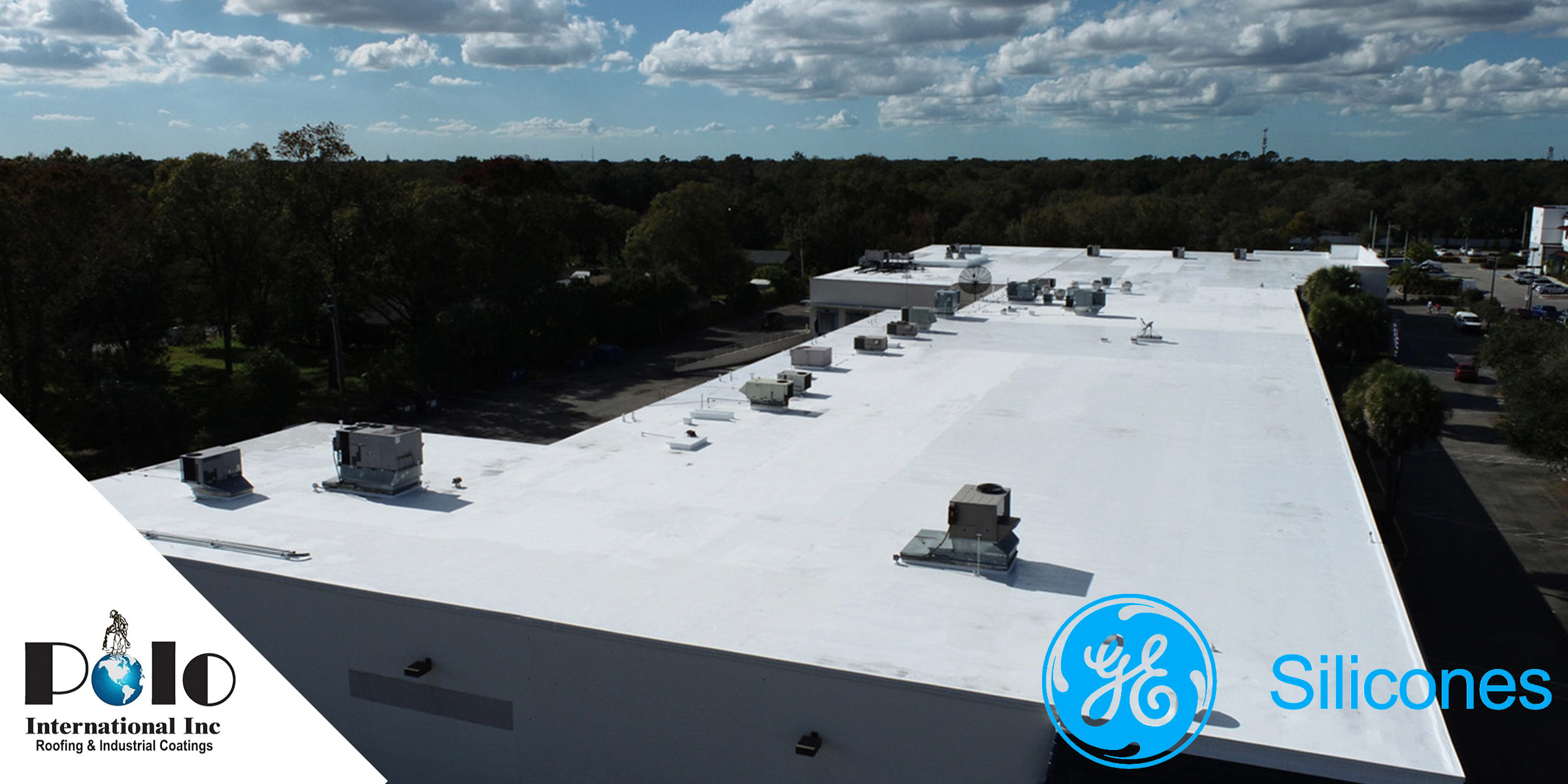
Is Your Commercial Roofing System as Efficient and Resilient as It Could Be?
Spray Polyurethane Foam (SPF) roofing is an innovative solution for commercial roof replacements, designed to enhance energy efficiency, moisture resistance, and overall roof longevity. As roofing technology advances, SPF systems stand out for their seamless application, high-grade insulation, and sustainability. These attributes improve building performance, reduce energy costs, and simplify maintenance.
Understanding SPF roofing’s key components and benefits can help you make informed decisions that directly impact your property’s efficiency and value. From the application process to ongoing upkeep, this guide covers how SPF roofing can redefine your commercial roofing strategy. Whether managing urban properties or facilities in temperate climates, learn why many commercial and industrial properties are choosing SPF as part of their roofing solutions.
What Is Spray Polyurethane Foam (SPF) Roofing?
SPF roofing is a popular choice for commercial properties due to its unique application and numerous benefits. Applied as a liquid spray, it quickly expands into a foam, forming a solid, seamless layer across the roof. Unlike traditional roofing, SPF adheres to multiple surfaces—concrete, wood, steel, and existing roofing systems—eliminating costly tear-offs and making it an efficient choice for commercial roof replacement.
The Application Process
The SPF process begins by preparing the existing roof, ensuring it’s clean and free from debris to promote proper adhesion. A primer may be applied for enhanced adhesion. Once ready, the SPF mixture is sprayed onto the surface, expanding instantly to create a thick, protective foam layer.
A key feature of SPF roofing is its seamless nature. As the foam expands, it fills cracks and gaps, creating a watertight seal ideal for regions with heavy rainfall or snow, significantly reducing the risk of leaks.
Key Benefits of SPF Roofing
SPF roofing offers exceptional insulation with its high R-value, a measure of thermal resistance. This superior insulating property can lead to substantial energy savings by stabilizing indoor temperatures and reducing HVAC demands, which is especially beneficial for commercial properties with large energy needs.
Additionally, SPF roofing is known for its longevity and durability. When properly installed and maintained, SPF roofs can last over 30 years. Their resistance to wear and mechanical damage makes them a solid alternative to traditional roofing systems. Routine inspections help maintain performance, addressing minor wear before it affects roof integrity.
SPF also supports environmental sustainability. Because it’s applied directly over the existing roof, the installation process generates minimal waste. Enhanced energy efficiency further translates to reduced energy consumption, lowering the building’s carbon footprint.
Re-Coating and Maintenance
Another advantage of SPF roofing is the ability to recoat. If the top layer shows signs of wear, a re-coat can restore the roof’s protective qualities, extending its lifespan without needing extensive repairs or replacements. Professional oversight is crucial for proper application, as SPF is sensitive to high humidity and rain during installation.
Installation Essentials
Proper SPF installation is vital for achieving durability and efficiency. Surface preparation includes thorough cleaning to ensure good adhesion, while application relies on specialized spray equipment. The SPF components—polyol and isocyanate—combine to form foam, expanding to the desired thickness and creating a seamless, monolithic layer.
After applying the foam, a topcoat protects the SPF from UV light and damage, maximizing its lifespan and performance. Quality control at each step ensures adherence to industry standards, ensuring the SPF system meets the demands of commercial properties.
FAQs on Spray Foam Roofing for Commercial Properties
How does the cost of SPF compare to other roofing options?
SPF is often competitively priced. While initial costs may be higher, the long-term savings in energy efficiency and reduced maintenance make it a cost-effective choice.
What maintenance is required after installation?
Annual inspections are recommended to identify minor damages early. Maintaining cleanliness and addressing small punctures helps preserve the roof’s integrity over time.
What should I consider when choosing an industrial roofing company?
Choose a contractor with proven experience in SPF applications. Look for credentials, client testimonials, and familiarity with local codes. Request a detailed cost estimate to ensure transparency.
Summary
SPF roofing is a robust solution for commercial properties, offering energy efficiency, durability, and sustainability. This innovative roofing option provides environmental and financial benefits, making it a smart choice for commercial roof replacement. To maximize the advantages of SPF, ensure professional installation and commit to regular maintenance.




